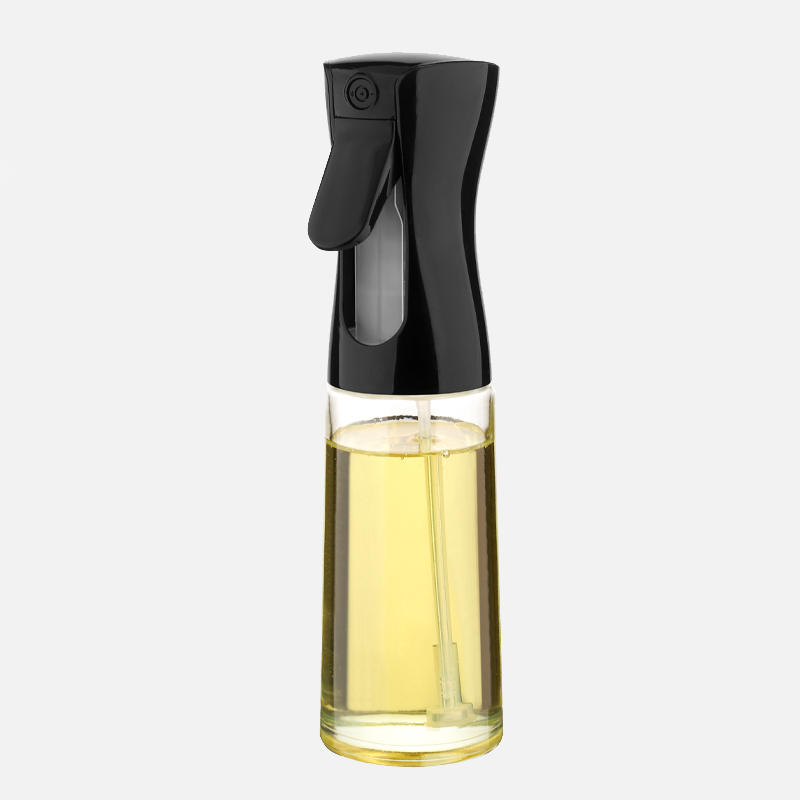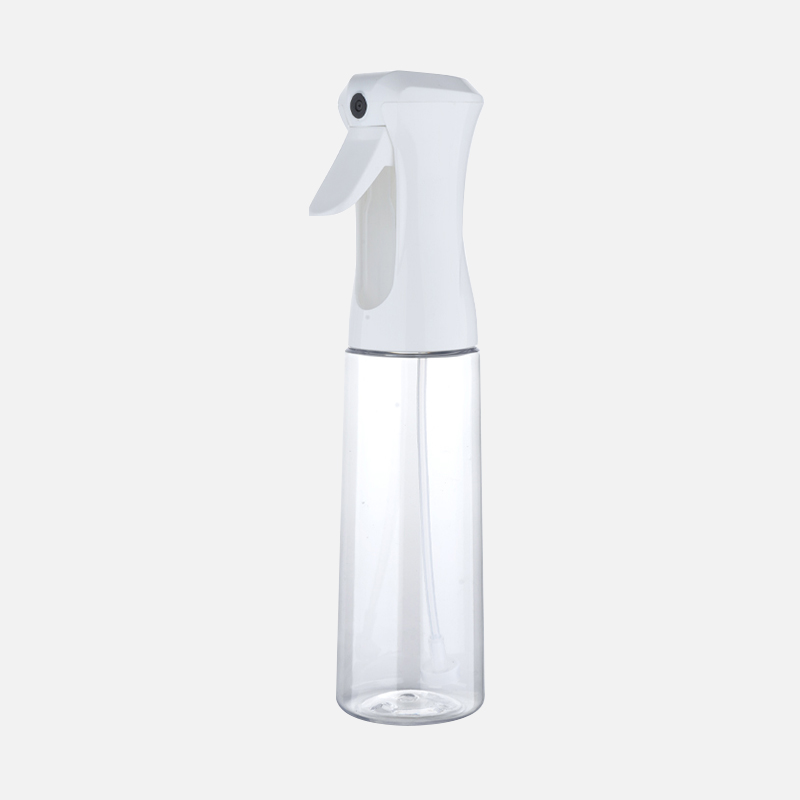In the realm of packaging, spray bottles stand out as versatile vessels for storing and dispensing a variety of liquids, from cleaning solutions and pesticides to beauty products and fragrances. However, ensuring the safety and durability of spray bottles requires careful consideration of the materials used and the construction methods employed in their production.
Material selection is paramount in determining the safety and durability of spray bottles. Common materials include plastic, glass, and metal, each offering unique properties and considerations. Plastic spray bottles, typically made from polyethylene (PE), polypropylene (PP), or polyethylene terephthalate (PET), are favored for their lightweight, shatter-resistant nature. Plastic bottles are also cost-effective and available in a range of shapes and sizes. However, it's crucial to choose plastics that are compatible with the contents to avoid chemical reactions or degradation that could compromise safety.
Glass spray bottles are prized for their excellent chemical resistance and inert nature, making them suitable for storing a wide range of substances without risk of contamination. Glass bottles offer transparency, allowing users to see the contents, and they are easy to clean and sterilize. However, glass bottles are heavier and more prone to breakage than plastic alternatives, requiring careful handling to prevent accidents.
Metal spray bottles, typically constructed from aluminum or stainless steel, offer durability, corrosion resistance, and a premium aesthetic. Metal bottles are well-suited for storing cosmetics, fragrances, and grooming products, providing an upscale look and feel. However, metal bottles may not be compatible with certain substances, as some chemicals can react with metal surfaces.
Construction methods also play a crucial role in ensuring the safety and durability of spray bottles. Injection molding is commonly used to produce plastic bottles, involving the injection of molten plastic into a mold cavity to create the desired shape. Injection-molded bottles feature sturdy walls and tight seals, preventing leaks and ensuring product safety.
Blow molding is another technique used to produce plastic bottles, particularly PET bottles for beverages and personal care products. In blow molding, a heated plastic preform is inflated inside a mold cavity to form the bottle shape. Blow-molded bottles are lightweight, transparent, and resistant to breakage, making them suitable for a variety of applications.
Glass bottles are typically produced using glassblowing, a traditional technique where skilled artisans shape molten glass by blowing air into a heated blob of glass. Glassblown bottles offer superior chemical resistance and aesthetic appeal, but they are more prone to breakage than plastic alternatives.
Sealing mechanisms are critical components of spray bottles, ensuring a secure and airtight seal to prevent leaks, spills, and product contamination. Common sealing mechanisms include screw caps, trigger sprayers, and pump dispensers, each offering distinct advantages and considerations. Seals and gaskets should be made from durable materials such as silicone or rubber to ensure long-term performance and reliability.
Ensuring the safety and durability of spray bottles requires careful consideration of materials, construction methods, and sealing mechanisms. By selecting appropriate materials, employing robust construction techniques, and incorporating reliable sealing mechanisms, manufacturers can produce spray bottles that meet stringent safety standards, withstand harsh environments, and provide consumers with confidence in their use for storing and dispensing a wide range of liquids.

 English
English 中文简体
中文简体 Tiếng Việt
Tiếng Việt







 :
: